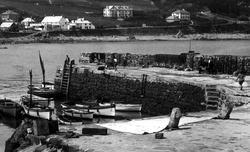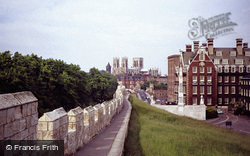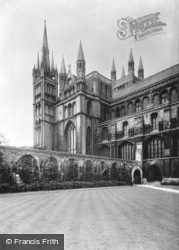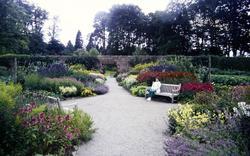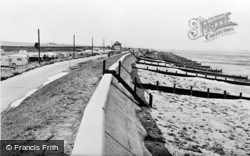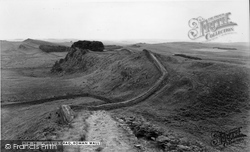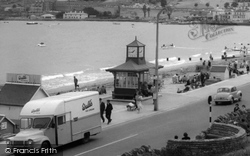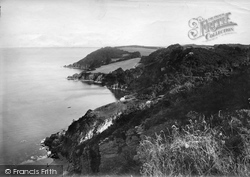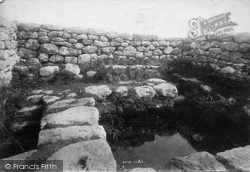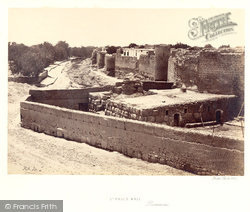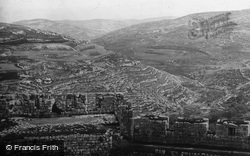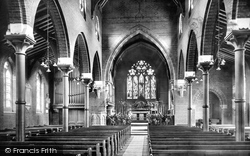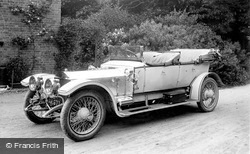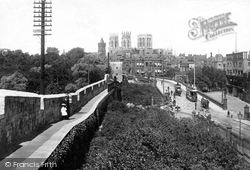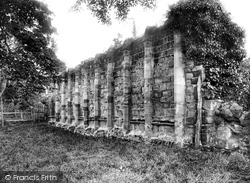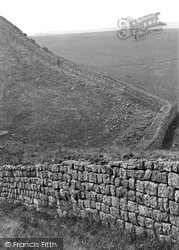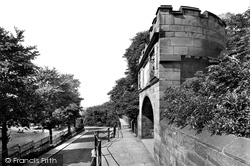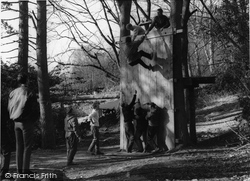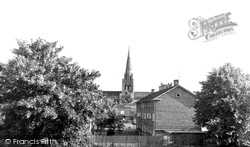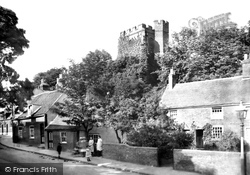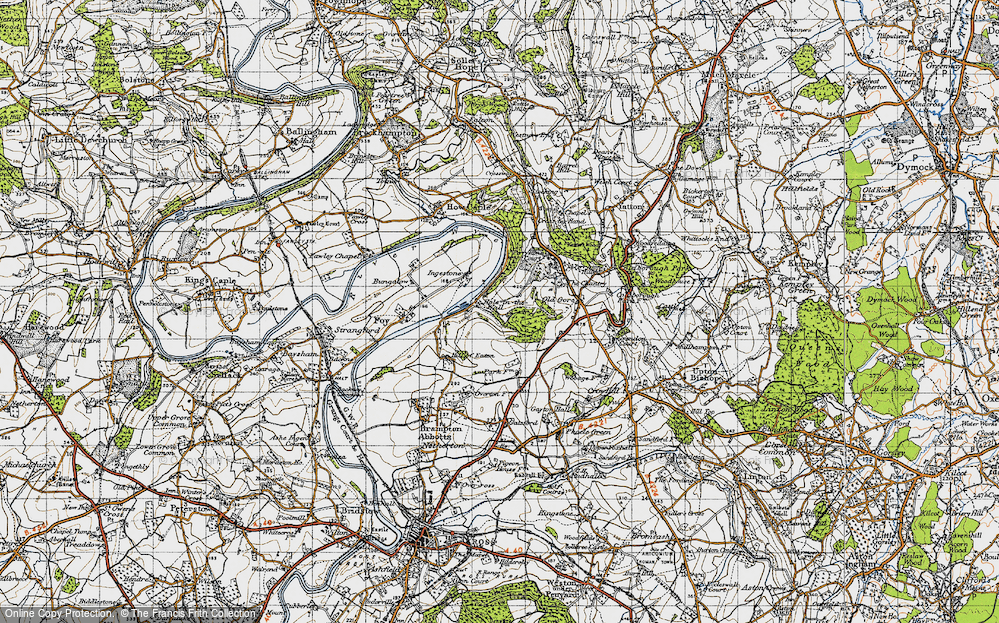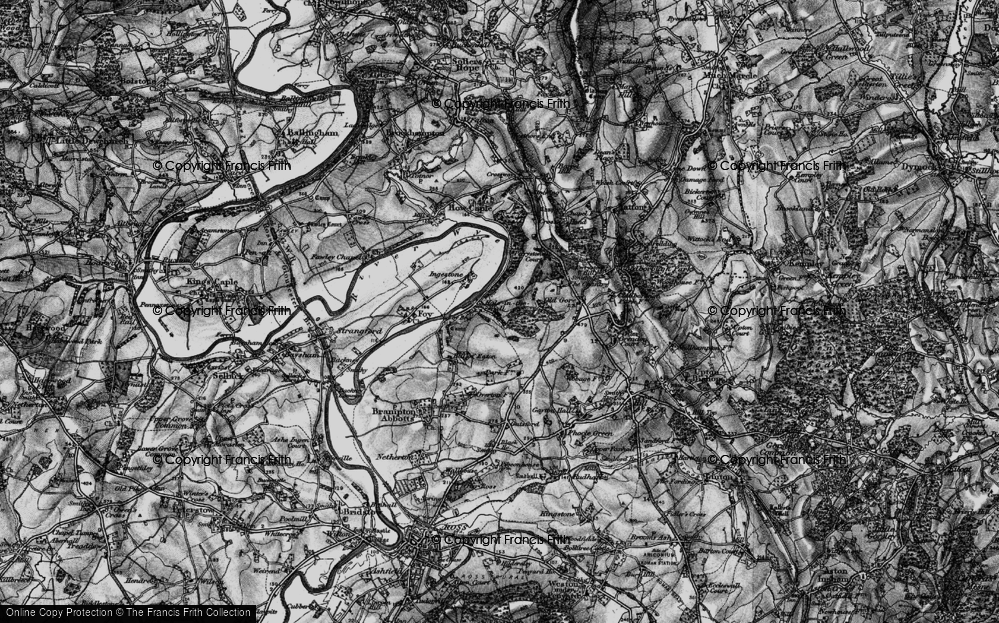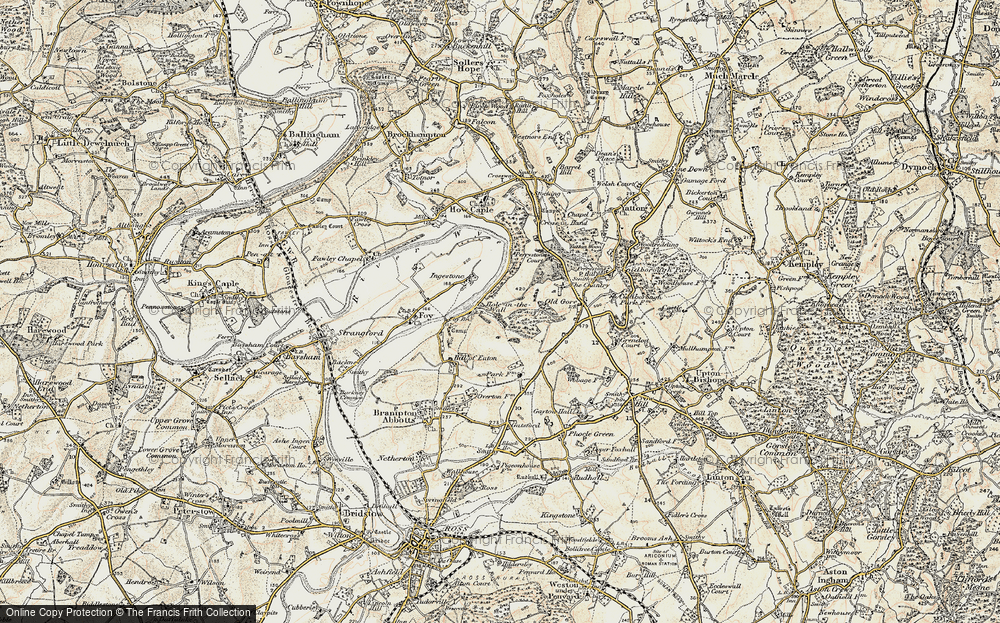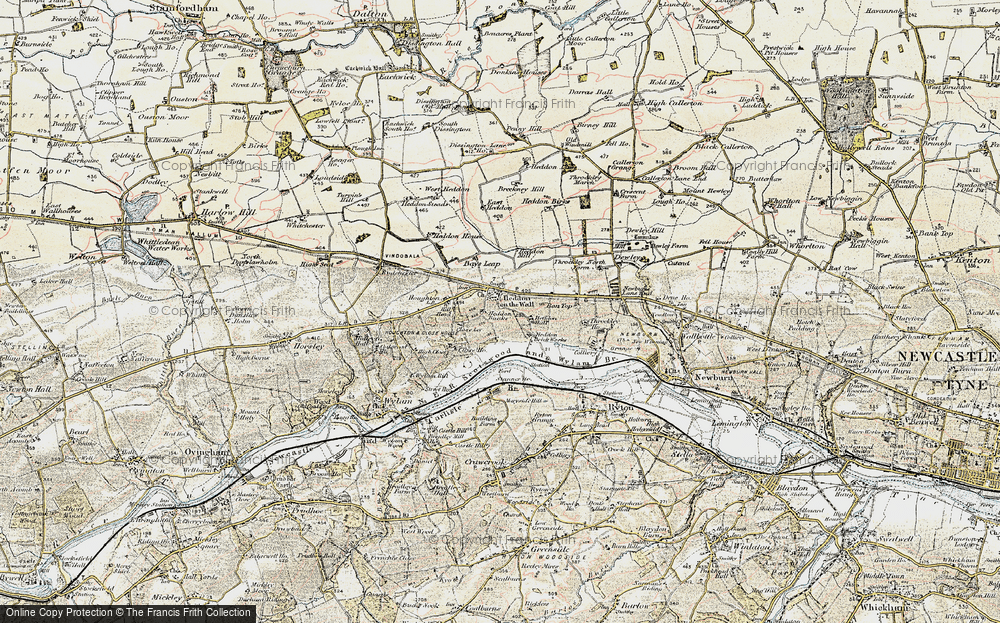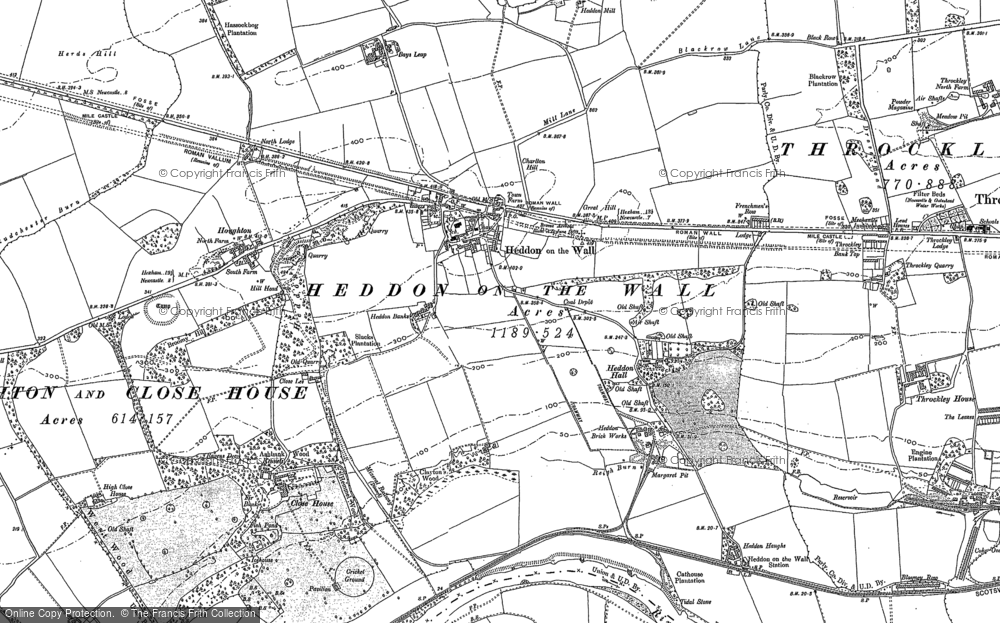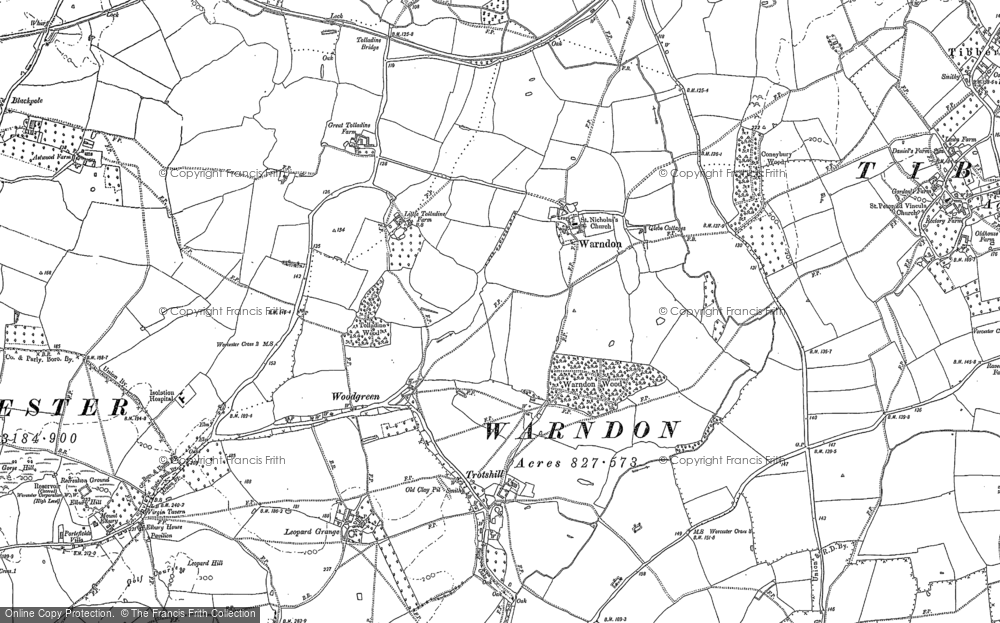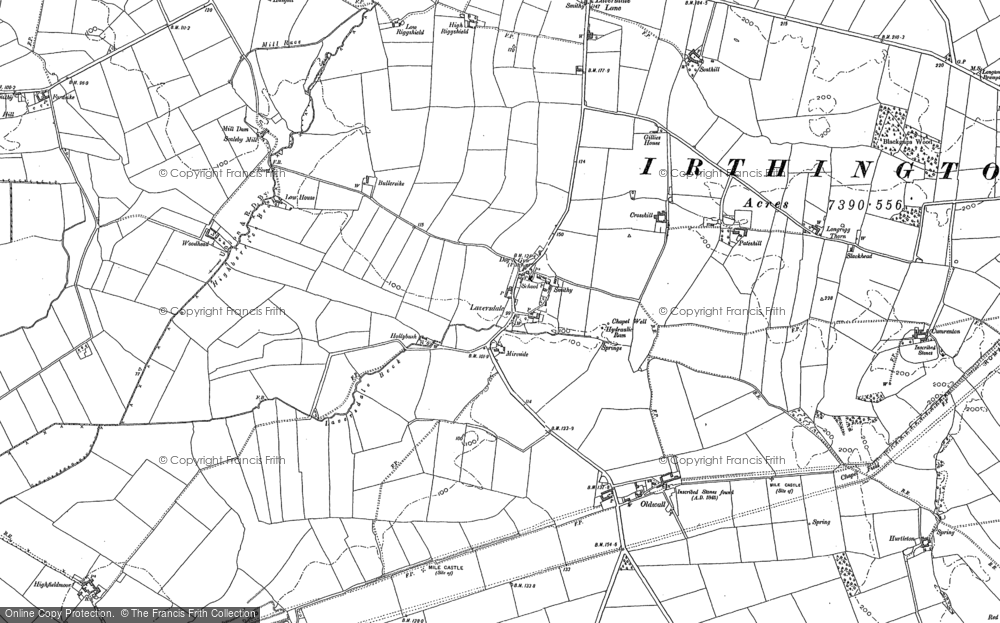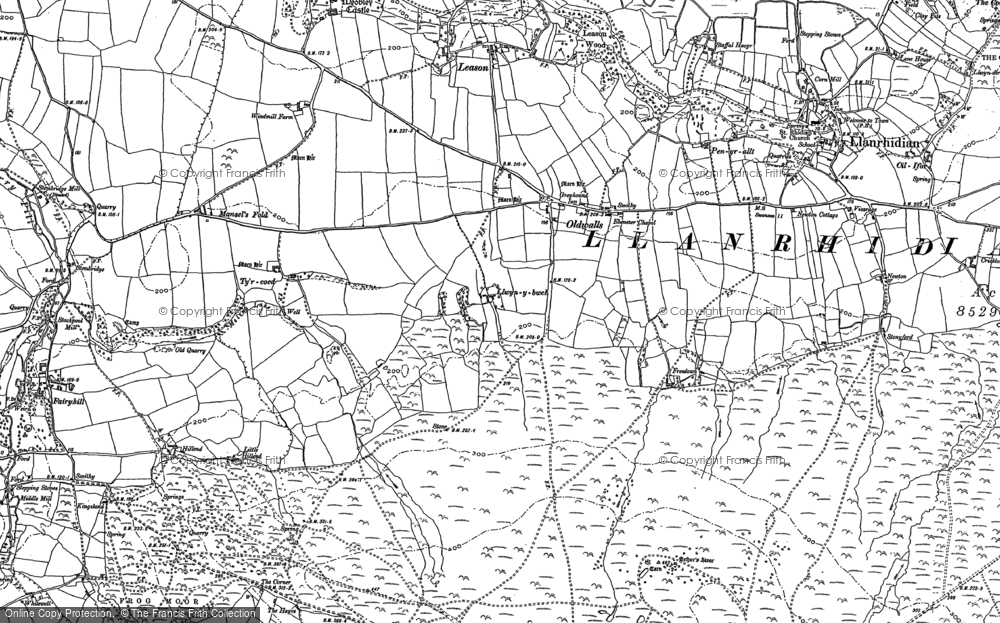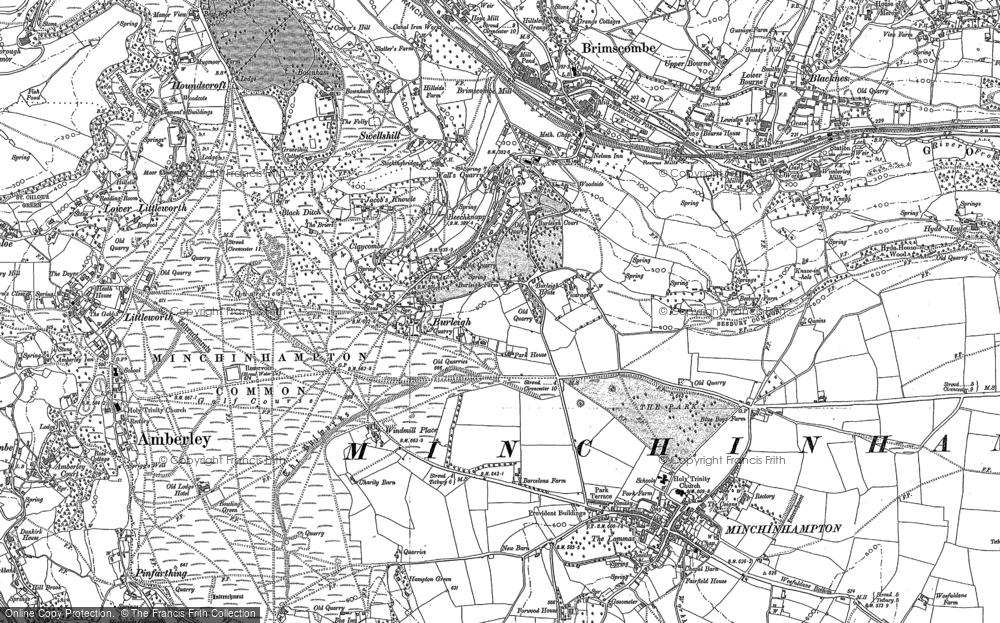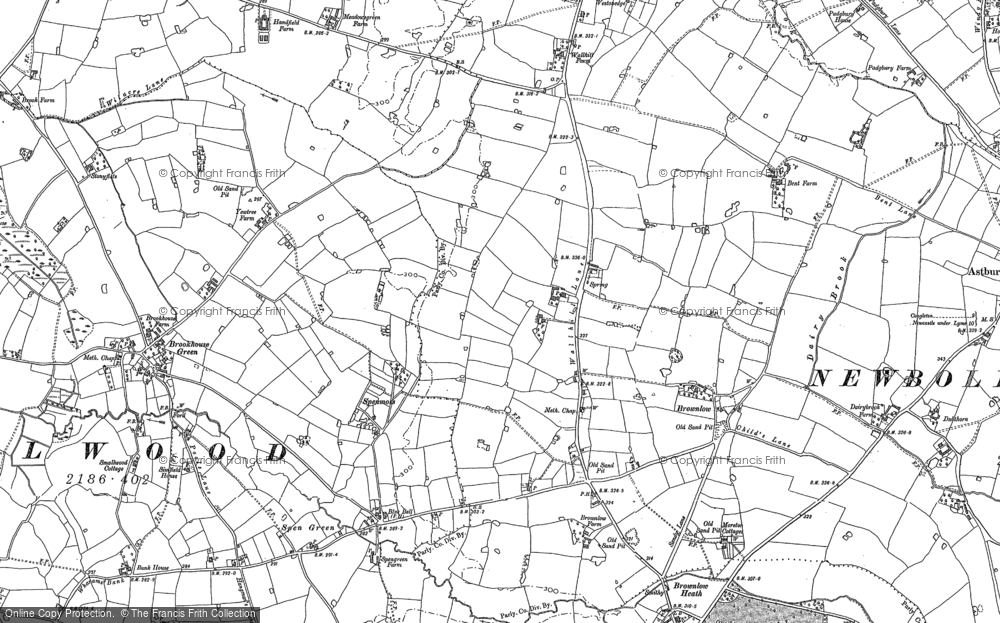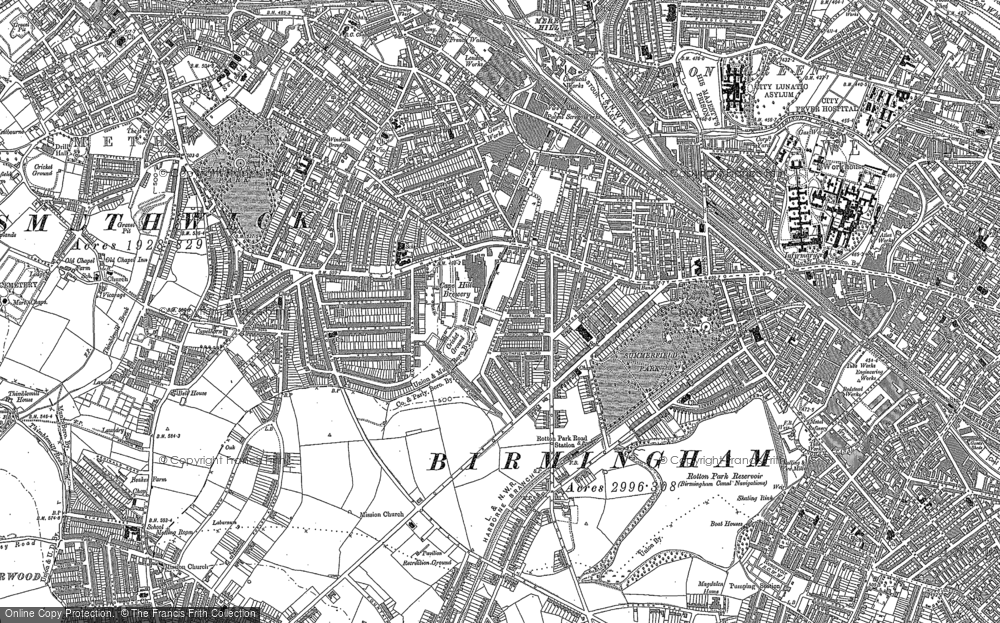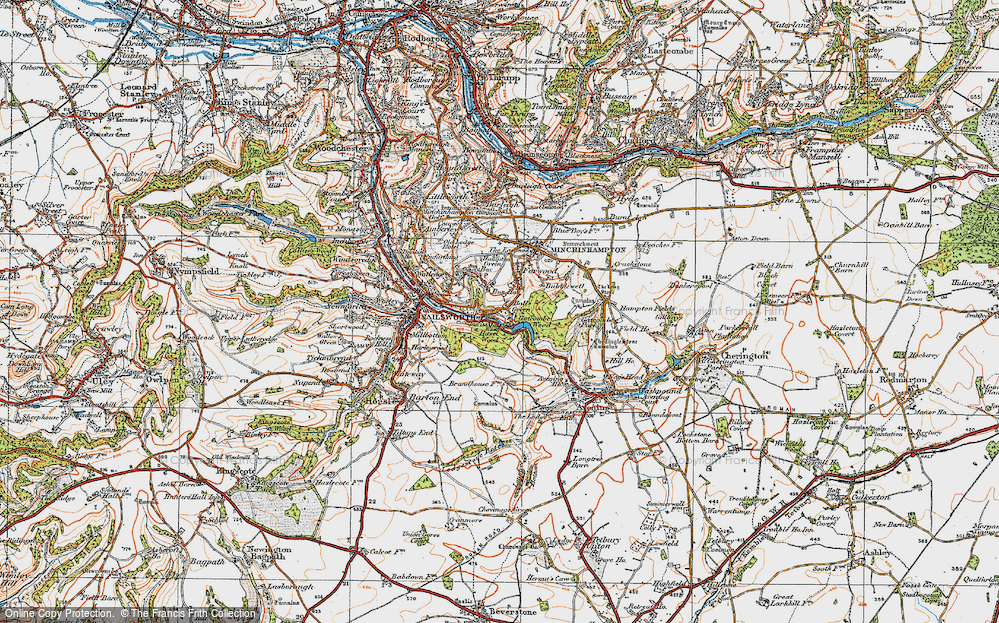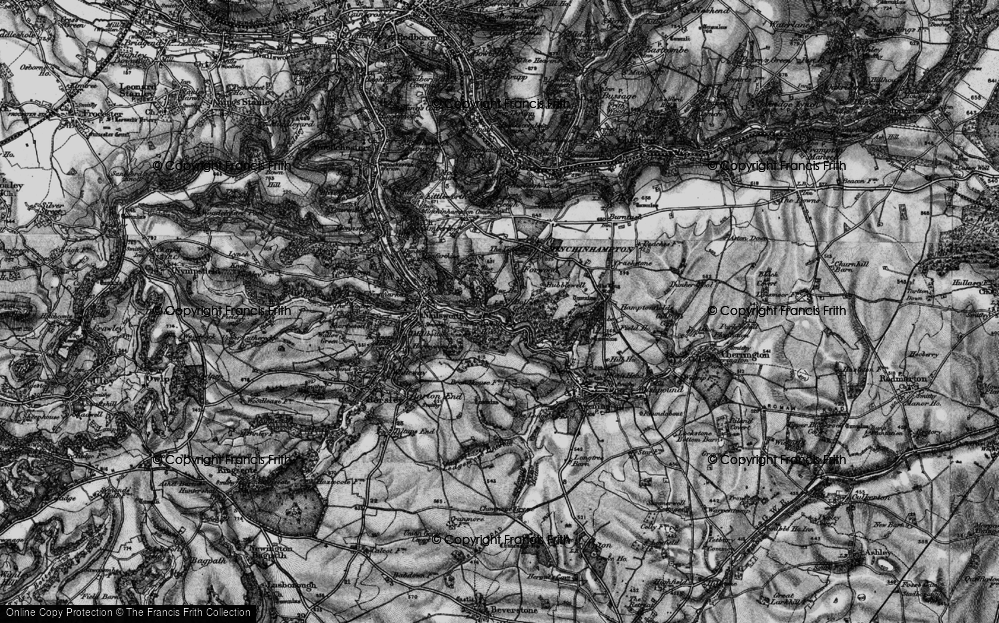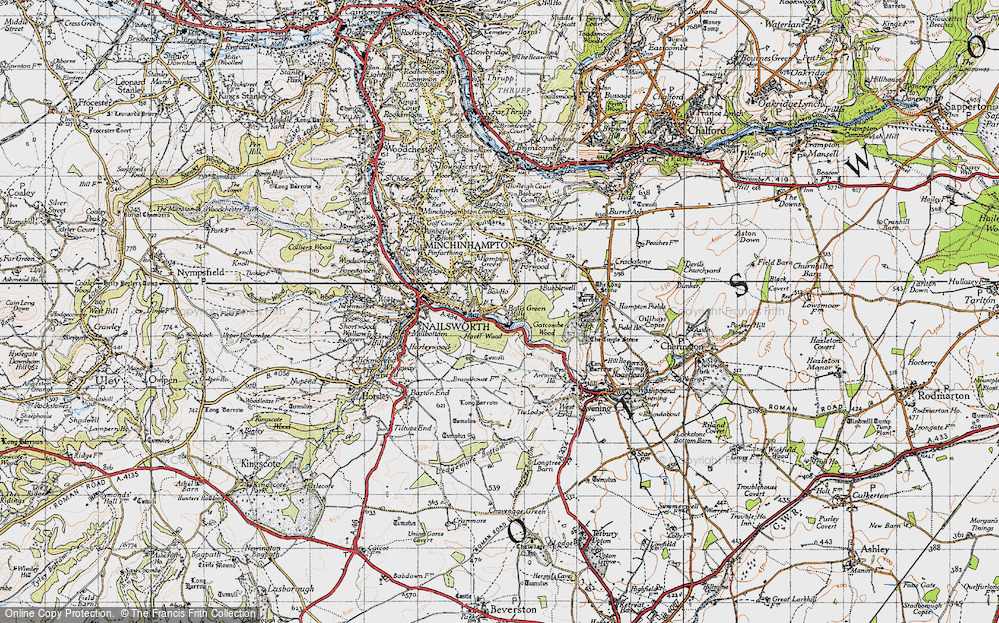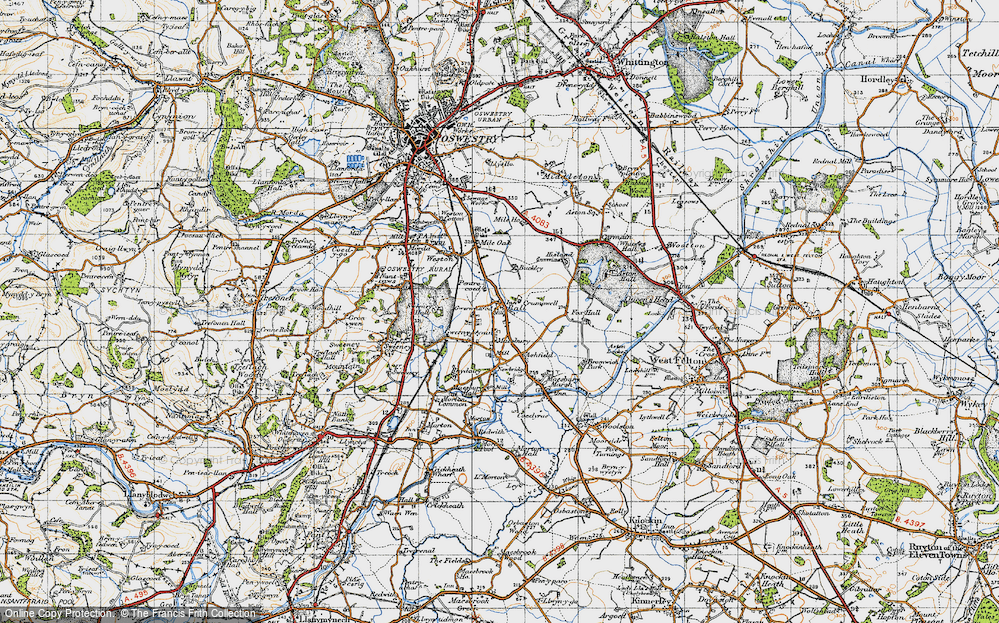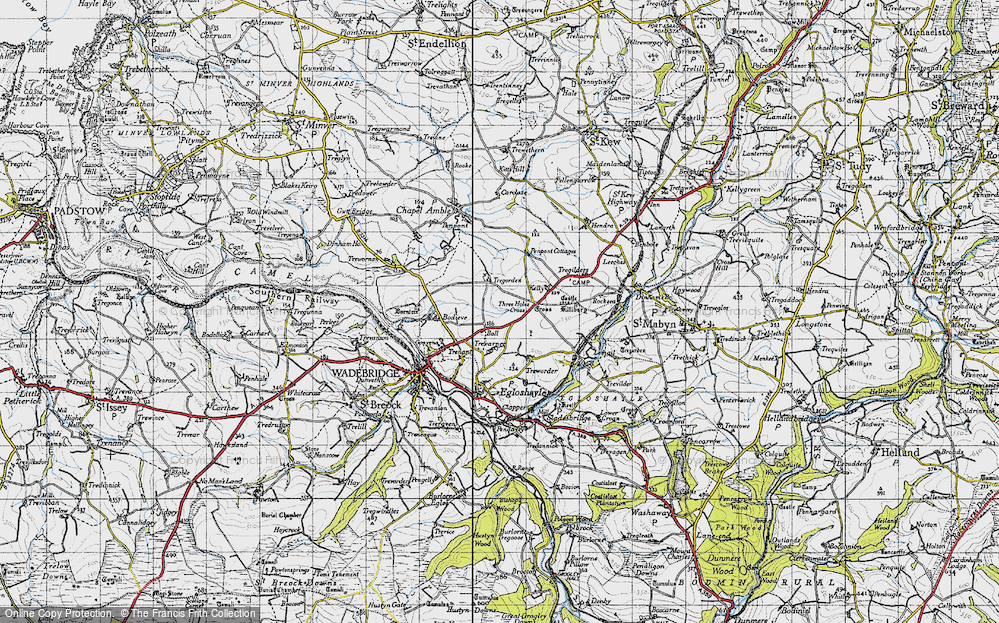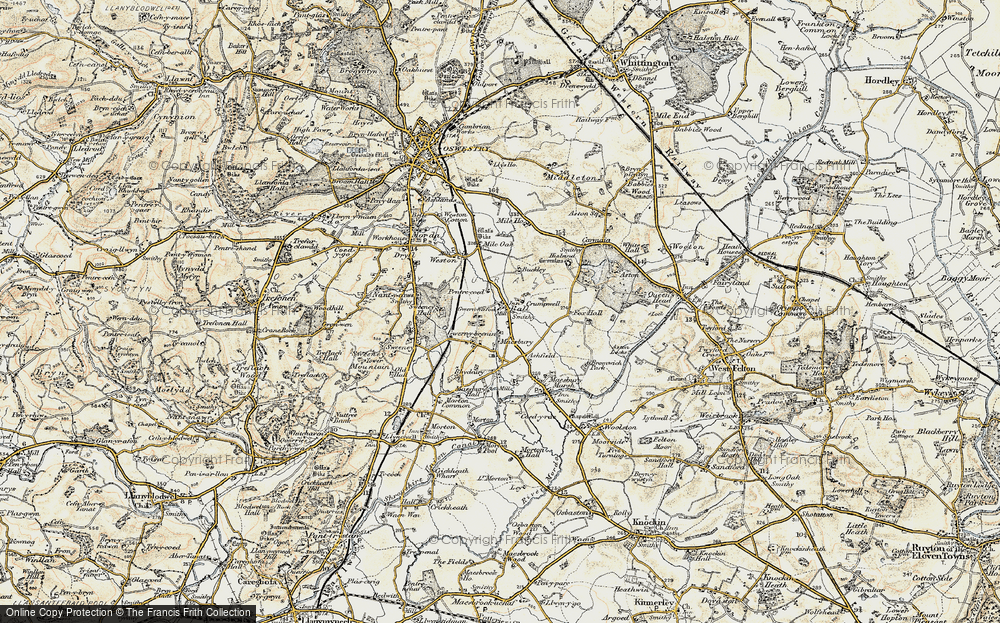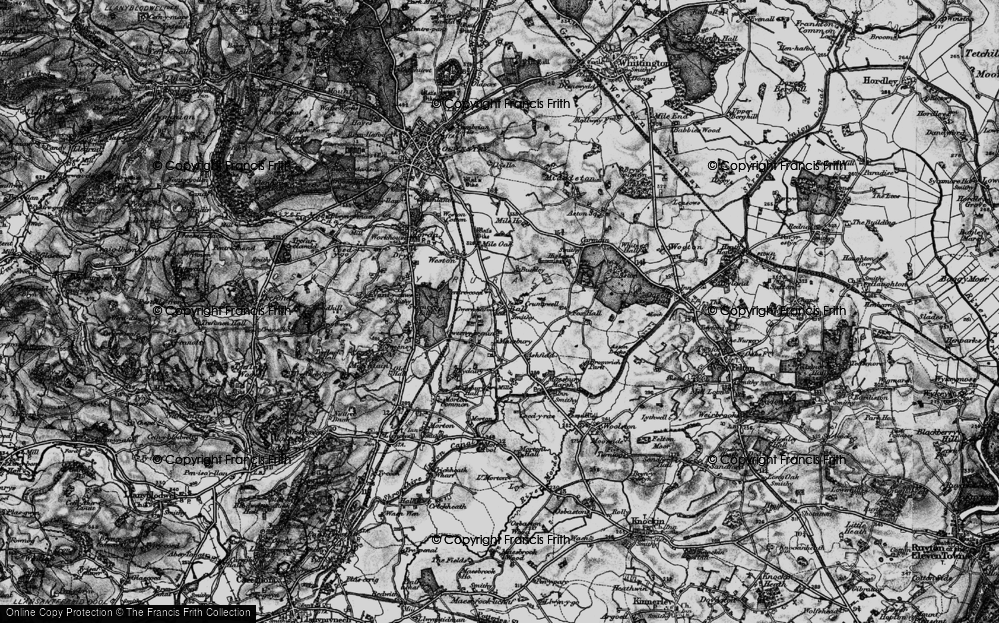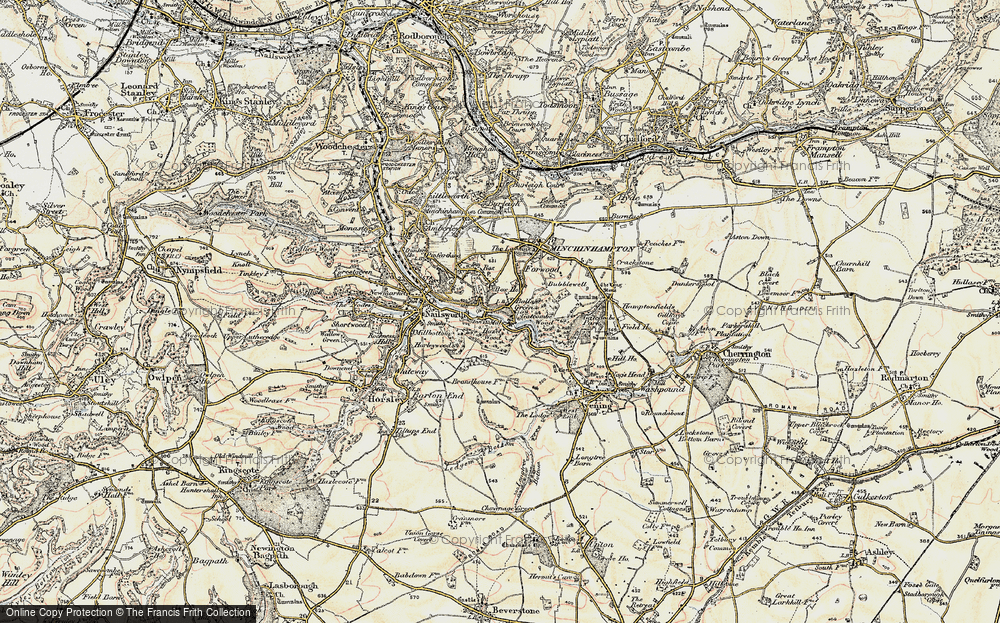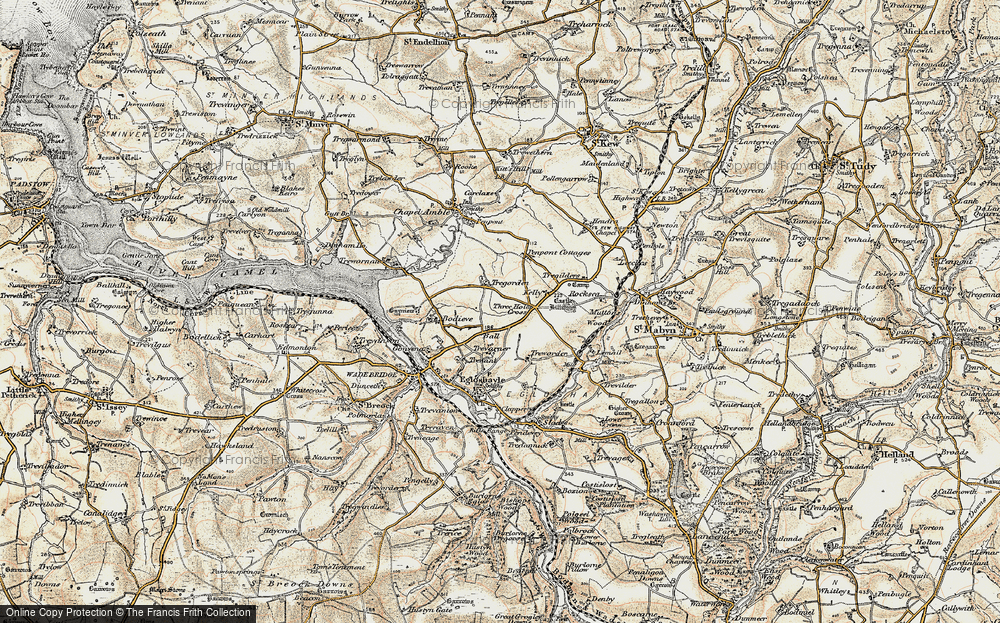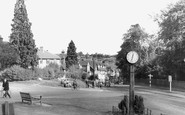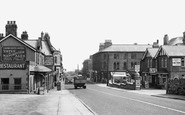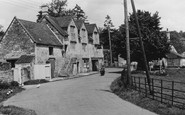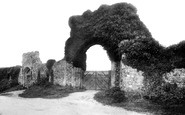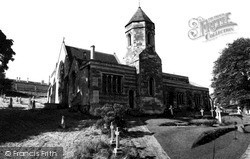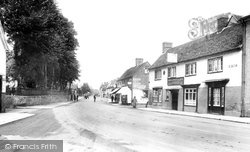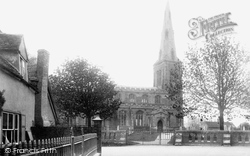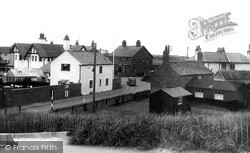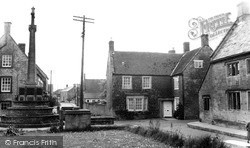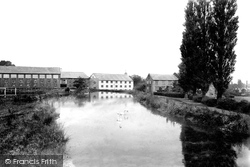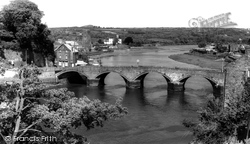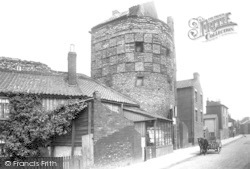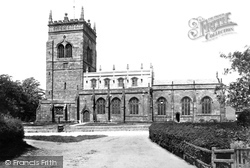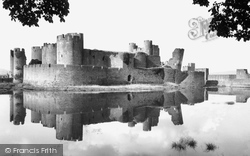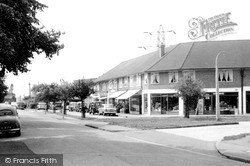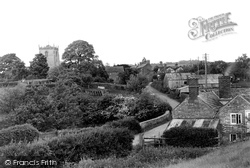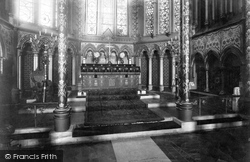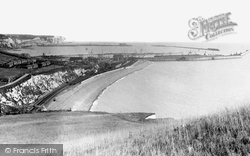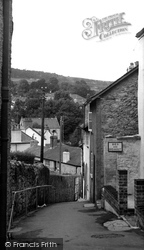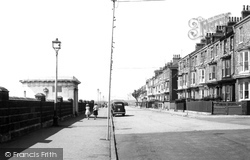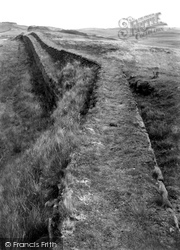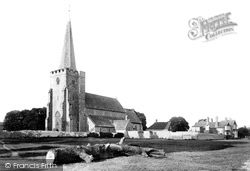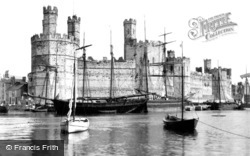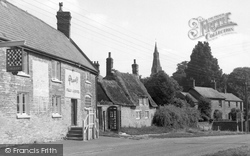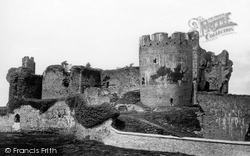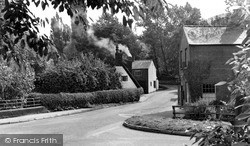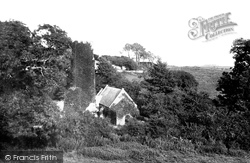Places
25 places found.
Those places high-lighted have photos. All locations may have maps, books and memories.
- East Wall, Republic of Ireland
- Pell Wall, Shropshire
- Wall, Northumberland
- Heddon-on-the-Wall, Northumberland
- Walls, Shetland Islands
- Wall, Cornwall
- Wall, Staffordshire
- East Wall, Shropshire
- Wall End, Kent
- Hobbs Wall, Avon
- Wall Bank, Shropshire
- Wall Nook, Durham
- Knowl Wall, Staffordshire
- Hazelton Walls, Fife
- Wall Mead, Avon
- Mid Walls, Shetland Islands
- Greetland Wall Nook, Yorkshire
- Aston le Walls, Northamptonshire
- Wall Heath, West Midlands
- Wall Hill, Greater Manchester
- Wall End, Cumbria (near Millom)
- Wall under Heywood, Shropshire
- Dale of Walls, Shetland Islands
- Bridge of Walls, Shetland Islands
- Hole-in-the Wall, Hereford & Worcester
Photos
516 photos found. Showing results 81 to 100.
Maps
172 maps found.
Books
Sorry, no books were found that related to your search.
Memories
1,989 memories found. Showing results 41 to 50.
Wonderful Years
Living on the island was like living in paradise - it seemed like a constant holiday! I remember walking from 'Danehurst' along Pitts Lane across Binstead Road and up Cemetary Road to school every day. I loved walking to the ...Read more
A memory of Binstead in 1955 by
Going To School
I walked past this clock every day on my way to school. Down past the clock on the left was a news agent where I learned to shoplift. Almost every day I would steal from them and never got caught. I also started stealing ...Read more
A memory of Chalfont St Peter in 1963 by
What A Bike Ride!
I was born in Whitwell (Herts) in April 1949 and started my schooling at St Pauls Walden CE School in September 1953. This the hill on which I lived. As I grew older I used to ride my bike to school (very little ...Read more
A memory of Whitwell in 1955 by
Carnforth Lodge Lancaster Road
As a child in the 1960’s and 70’s I went several times with my family to visit Mrs Esther Pomfret (Auntie Ettie to us; she was a relation of my father's) at Carnforth Lodge, Lancaster Road. I don't think this is ...Read more
A memory of Carnforth by
Childhood Memories
I moved to Freshford with my family when I was 12 years old and lived at The Inn for 5 years before moving away. We did not have the wall on the end of the building that you see in the foreground. By then a large car park had ...Read more
A memory of Freshford in 1964 by
Dunwich Monastery Gateway
My earliest memory of Greyfriars in Dunwich was probably driving down the hill in my grandfather's old car in 1960 as he brought me to my new home at The Barne Arms Hotel. I had been at boarding school at Dollar in ...Read more
A memory of Dunwich in 1965 by
Happy Evacuee
This photo is of Bank Square, I was evacuated here in 1939 with brother Bob and was placed with the butcher at No16, that is it on right with white facia, Butcher was Harold Stephens, and his wife and daughter Kathleen. I still ...Read more
A memory of St Just in 1940 by
School Days
I went to school here in the early 1950's. I have fond memories of the suroundings, the buildings, the gardens, the landscape and of Market Drayton where some of my relatives lived and some still do. Since this learning academy was a ...Read more
A memory of Pell Wall in 1951 by
Waltham Abbey The Place I Call Home
I was born in Waltham Abbey and lived there until I was twenty eight. It is the place I call home, where my roots are. Many times I remember going into the Abbey Church; there is such a feeling of ...Read more
A memory of Waltham Abbey in 1962 by
Madeley As It Was
I was born in 1949 in Victoria Road, Madeley and have many memories of life as it was in the 1950's onwards. I remember Jones' buses, Pooles the cobblers, Carters, Stodd's the Drapers, Shums the chemist, and most ...Read more
A memory of Madeley in 1949 by
Captions
1,668 captions found. Showing results 97 to 120.
A medieval church stood outside the castle walls but it was largely destroyed during the Civil War.
The photographer is looking east from the top of High Street, where there is now a roundabout, with the churchyard walls and lime trees on the left. The wall and railings have now gone.
This beautiful parish church of All Saints was built by the abbot of Ramsey for his manor estate in the late 14th and 15th centuries. The cobble stone walls were all originally plastered.
This view is taken from the steps up to the sea wall behind the dunes, and looks across the small resort of Sandilands, just south of Sutton on Sea.
Its old fives wall (fives is a ball game played in a walled court) was saved and restored.
Moving north, deeper into the Vale of Taunton Deane, we reach the cob or earth wall country, where whitewashed rendered cottages with thatched roofs become common.
After several attempts, the Welsh took it in 1165, rebuilt it in stone and held the first Eisteddfod within its walls in 1176.
This is one of fifteen towers built with the defensive walls of the town between 1284 and 1396.
The phrase 'the weakest go to the wall' reminds us of a time when churches did not provide their congregation with seats or pews.
The main residential block, including the great hall, was sited along the south side of the inner curtain wall.
Part of the nave and the chancel at St Mary's has walls dating back to Saxon times, and the walls incorporate many Roman bricks.
It gives one a strange feeling to stand inside the church, because the main walls of the nave have a definite lean outwards.
After several attempts, the Welsh took it in 1165, rebuilt it in stone and held the first Eisteddfod within its walls in 1176.
St Mary's has been called 'the Cathedral of North Hampshire' and it is said that the arcaded walling around the sanctuary was inspired by Salisbury Cathedral.
The funnels and superstructure of ferries, berthed along Admiralty and Prince of Wales piers, peek above the sea wall. S u s s e x a n d K e n t
The walls of Garston, Waverley and Monks Way (left) face Chapel Cottage, which dates from 1780 and has a fashionable frontage of Ionic pilasters and a pediment.
More tall town houses look out to sea over the sea wall. These are known locally as Albion Terrace.
Here we see a section of Hadrian's Wall near the village of Gilsland. 73 miles long, with seventeen forts, mile-castles and turrets, the wall was one of a number of linear defences built to designate
To the right is Church House, which shortly before this view was taken had ceased to be a farmhouse; the flint walls in front are remnants of its barns, retained as boundary walls.
Inspired by the Theodosian Wall at Constantinople, its use at Caernarvon was deliberate and designed to impress.
The Chequers ceased to be a pub, although traces of the painted signs on the front wall can still be seen.
Equally impressive are its sophisticated water defences, which, together with a formidable concentric walls-within-walls plan, must have made any attack a daunting prospect.
The creeper-covered wall between the iron fence and the cottage gable is in fact the dam wall for the mill. Now a silted up boggy patch, the mill pond can still be made out.
The chancel and south chapel date from the 14th century and the exceptionally tall tower was built about a century later.
Places (25)
Photos (516)
Memories (1989)
Books (0)
Maps (172)


